Simulacrum – Jrg. 30 #2 Dirt. Various Authors. Simulacrum
Posted in magazines on April 15th, 2022Tags: Anna Patzak, Annanova van Kanten, Donna Haraway, Emily Rhodes, Lies Defever, Lizan Freijsen, Mary Douglas, Niels Gercama, Rosa Marie Mulder, Seline Westerhof, Semâ Bekirović, simulacrum, Simulacrum – Jrg. 30 #2 Dirt, Vandana Shiva
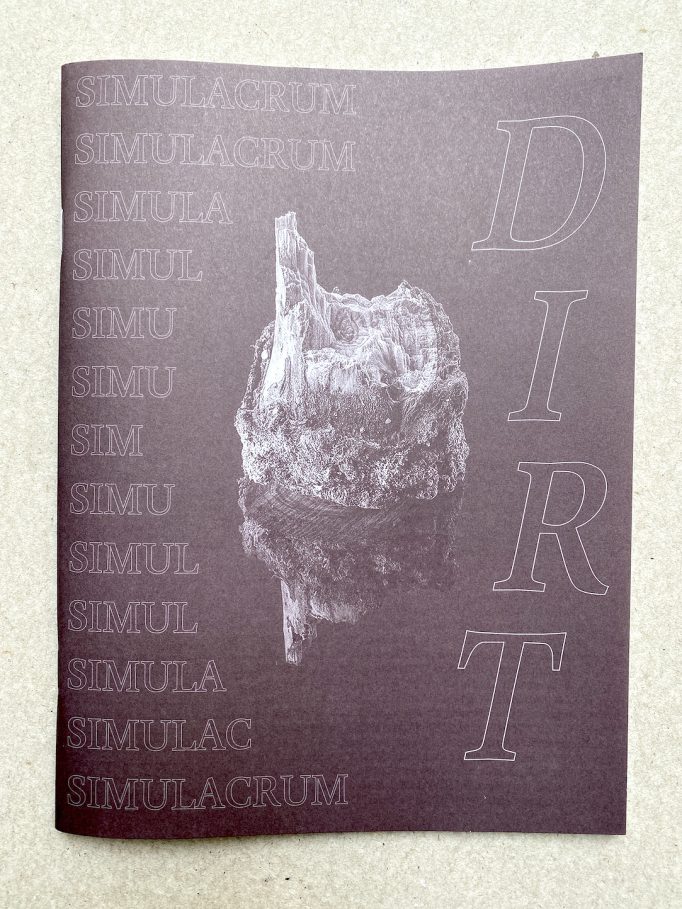
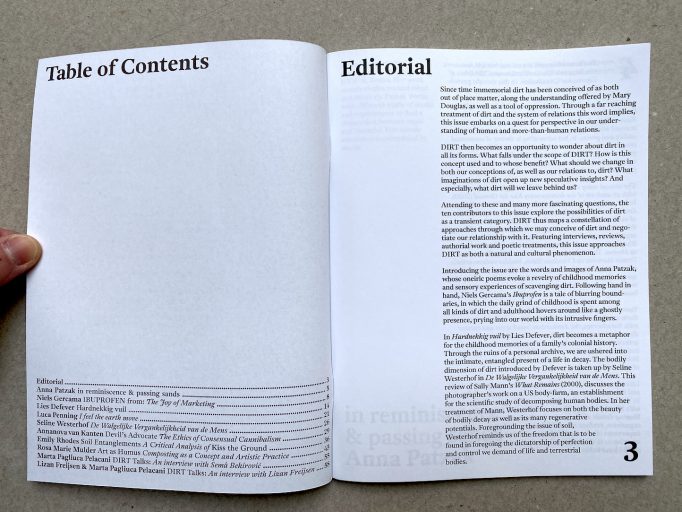
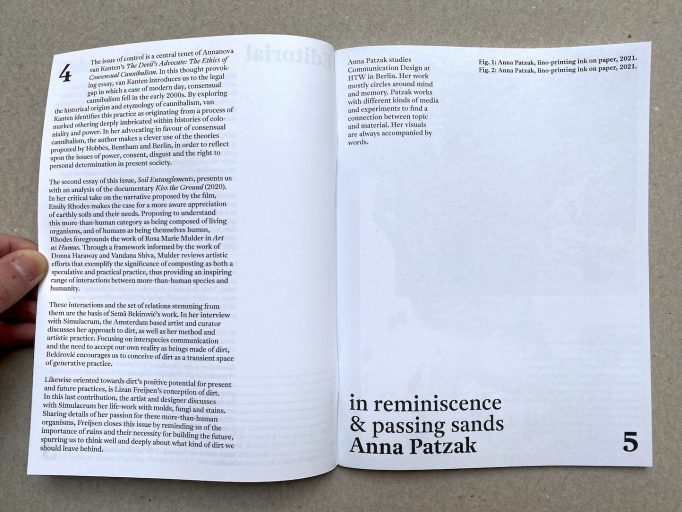
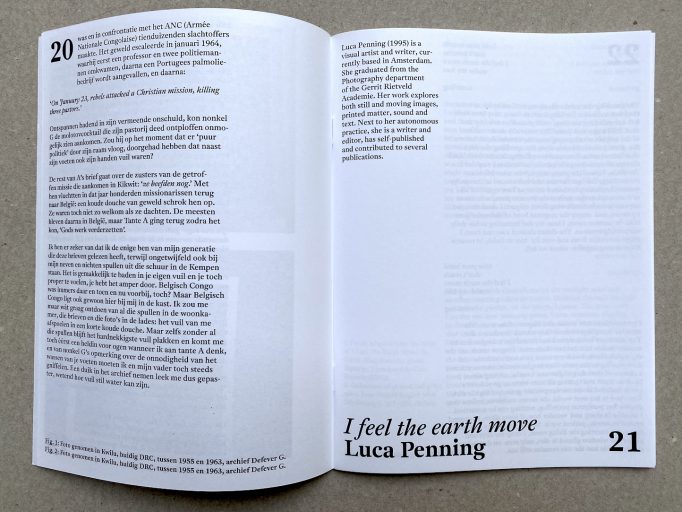
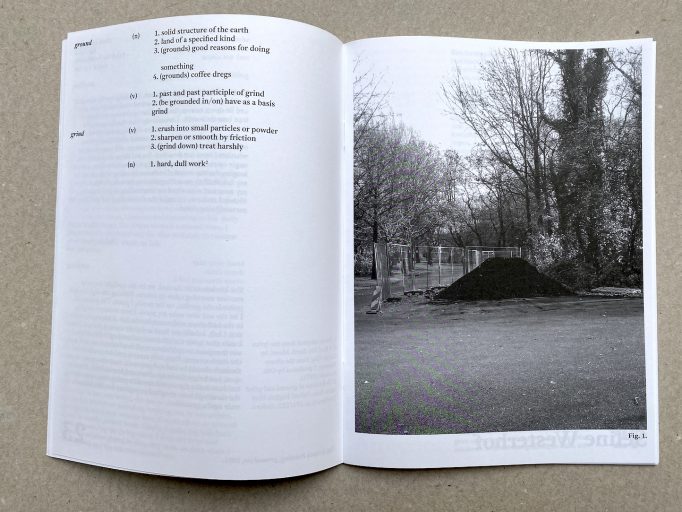
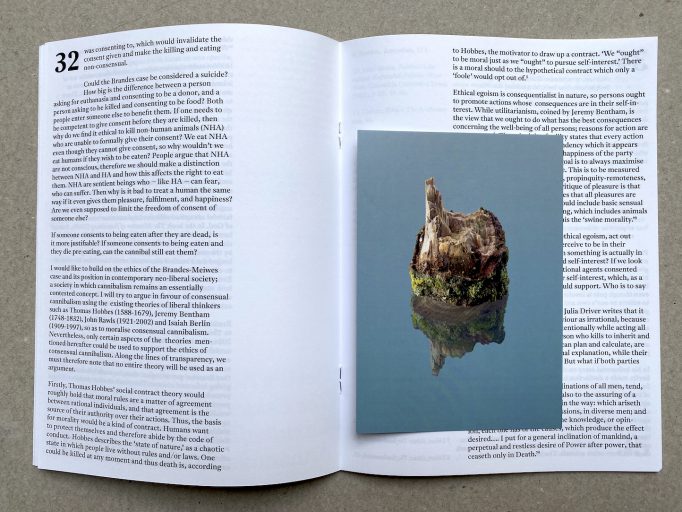
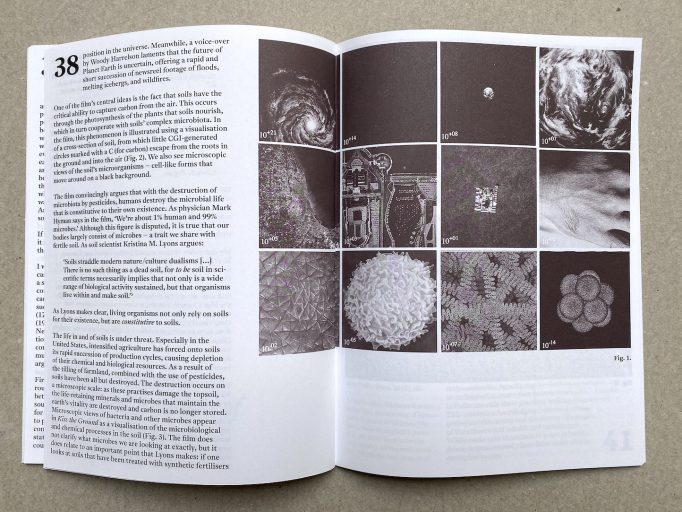
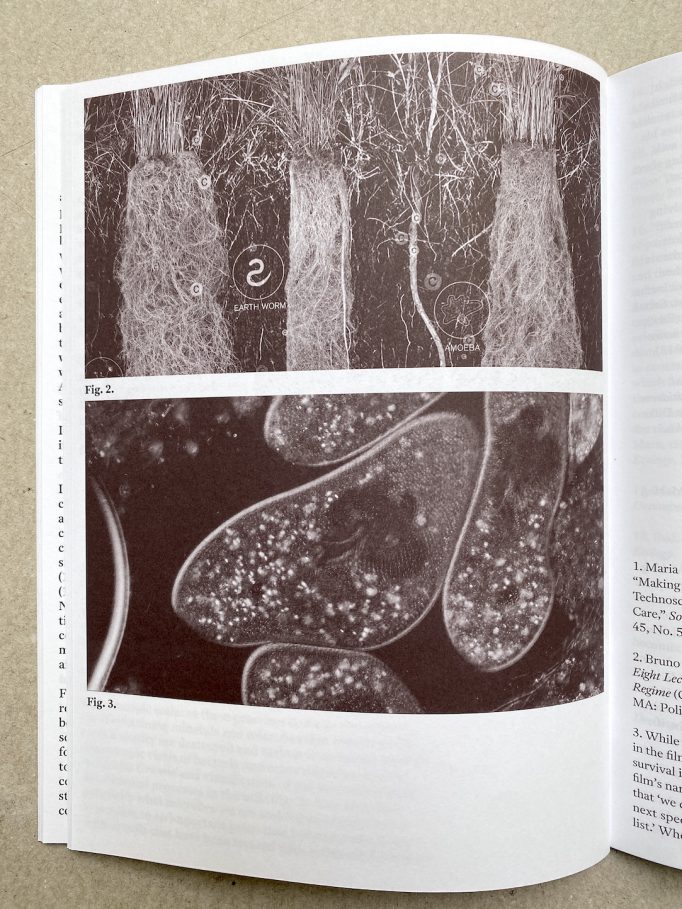
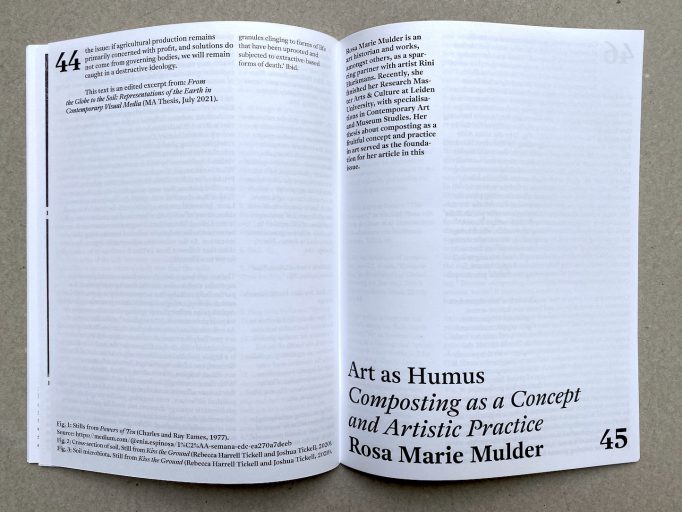
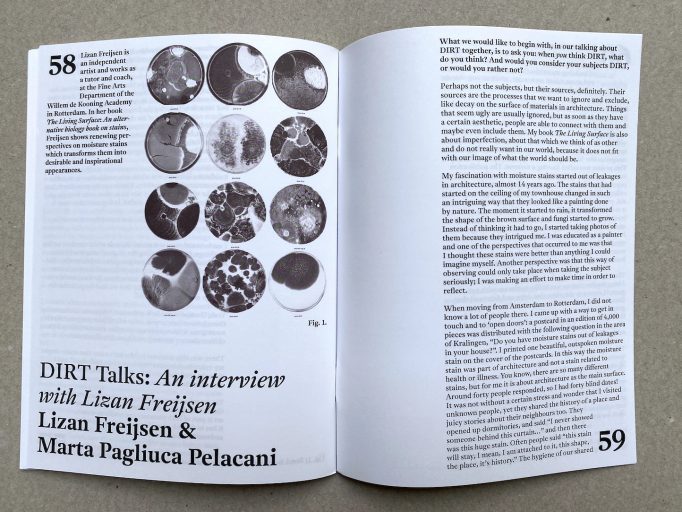
Since time immemorial dirt has been conceived of as both out of place matter, along the understanding offered by Mary Douglas, as well as a tool of oppression. Through a far reaching treatment of dirt and the system of relations this word implies, this issue embarks on a quest for perspective in our understanding of human and more-than-human relations.
DIRT then becomes an opportunity to wonder about dirt in all its forms. What falls under the scope of DIRT? How is this concept used and to whose benefit? What should we change in both our conceptions of, as well as our relations to, dirt? What imaginations of dirt open up new speculative insights? And especially, what dirt will we leave behind us?
Attending to these and many more fascinating questions, the ten contributors to this issue explore the possibilities of dirt as a transient category. DIRT thus maps a constellation of approaches through which we may conceive of dirt and negotiate our relationship with it. Featuring interviews, reviews, authorial work and poetic treatments, this issue approaches DIRT as both a natural and cultural phenomenon.
Introducing the issue are the words and images of Anna Patzak, whose oneiric poems evoke a revelry of childhood memories and sensory experiences of scavenging dirt. Following hand in hand, Niels Gercama’s Ibuprofen is a tale of blurring boundaries, in which the daily grind of childhood is spent among all kinds of dirt and adulthood hovers around like a ghostly presence, prying into our world with its intrusive fingers.
In Hardnekkig vuil by Lies Defever, dirt becomes a metaphor for the childhood memories of a family’s colonial history. Through the ruins of a personal archive, we are ushered into the intimate, entangled present of a life in decay. The bodily dimension of dirt introduced by Defever is taken up by Seline Westerhof in De Walgelijke Vergankelijkheid van de Mens. This review of Sally Mann’s What Remains (2000), discusses the photographer’s work on a US body-farm, an establishment for the scientific study of decomposing human bodies. In her treatment of Mann, Westerhof focuses on both the beauty of bodily decay as well as its many regenerative potentials. Foregrounding the issue of soil, Westerhof reminds us of the freedom that is to be found in foregoing the dictatorship of perfection and control we demand of life and terrestrial bodies.
The issue of control is a central tenet of Annanova van Kanten’s The Devil’s Advocate: The Ethics of Consensual Cannibalism. In this thought provoking essay, van Kanten introduces us to the legal gap in which a case of modern day, consensual cannibalism fell in the early 2000s. By exploring the historical origins and etymology of cannibalism, van Kanten identifies this practice as originating from a process of marked othering deeply imbricated within histories of coloniality and power. In her advocating in favour of consensual cannibalism, the author makes a clever use of the theories proposed by Hobbes, Bentham and Berlin, in order to reflect upon the issues of power, consent, disgust and the right to personal determination in present society.
The second essay of this issue, Soil Entanglements, presents us with an analysis of the documentary Kiss the Ground (2020). In her critical take on the narrative proposed by the film, Emily Rhodes makes the case for a more aware appreciation of earthly soils and their needs. Proposing to understand this more-than-human category as being composed of living organisms, and of humans as being themselves humus, Rhodes foregrounds the work of Rosa Marie Mulder in Art as Humus. Through a framework informed by the work of Donna Haraway and Vandana Shiva, Mulder reviews artistic efforts that exemplify the significance of composting as both a speculative and practical practice, thus providing an inspiring range of interactions between more-than-human species and humanity.
These interactions and the set of relations stemming from them are the basis of Semâ Bekirović’s work. In her interview with Simulacrum, the Amsterdam based artist and curator discusses her approach to dirt, as well as her method and artistic practice. Focusing on interspecies communication and the need to accept our own reality as beings made of dirt, Bekirović encourages us to conceive of dirt as a transient space of generative practice.
Likewise oriented towards dirt’s positive potential for present and future practices, is Lizan Freijsen’s conception of dirt. In this last contribution, the artist and designer discusses with Simulacrum her life-work with molds, fungi and stains. Sharing details of her passion for these more-than-human organisms, Freijsen closes this issue by reminding us of the importance of ruins and their necessity for building the future, spurring us to think well and deeply about what kind of dirt we should leave behind.
Order here
